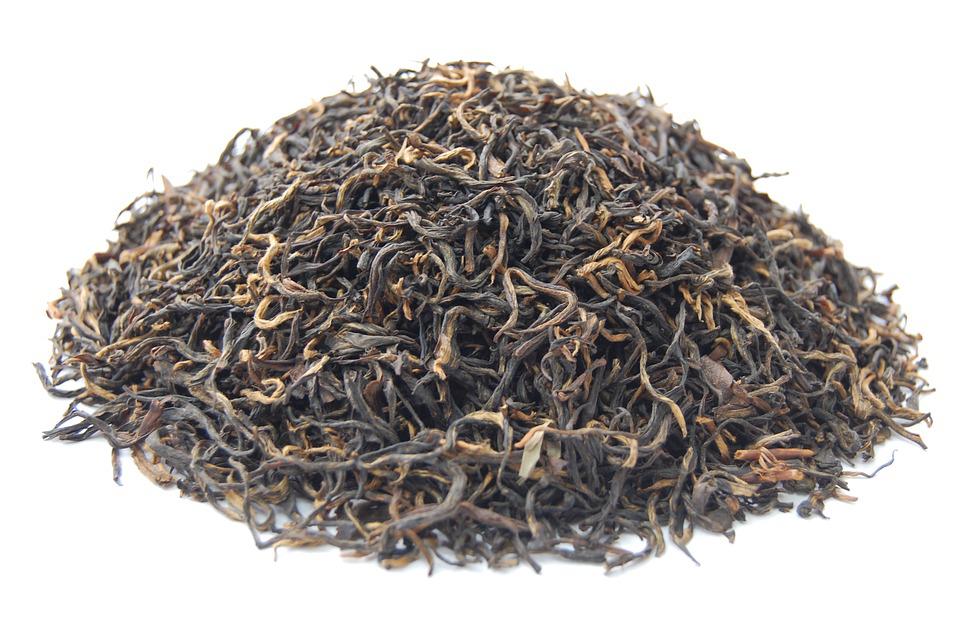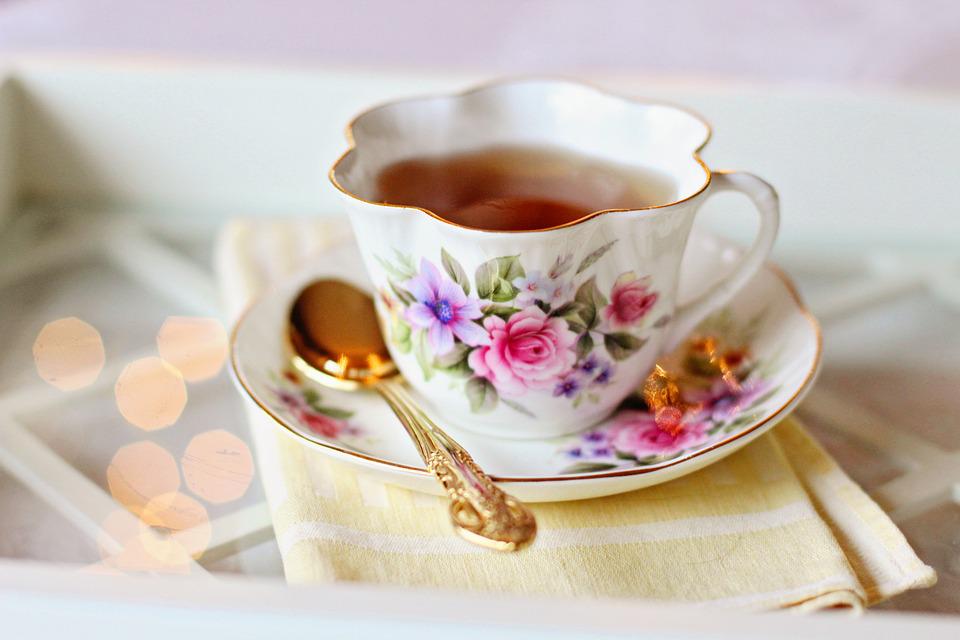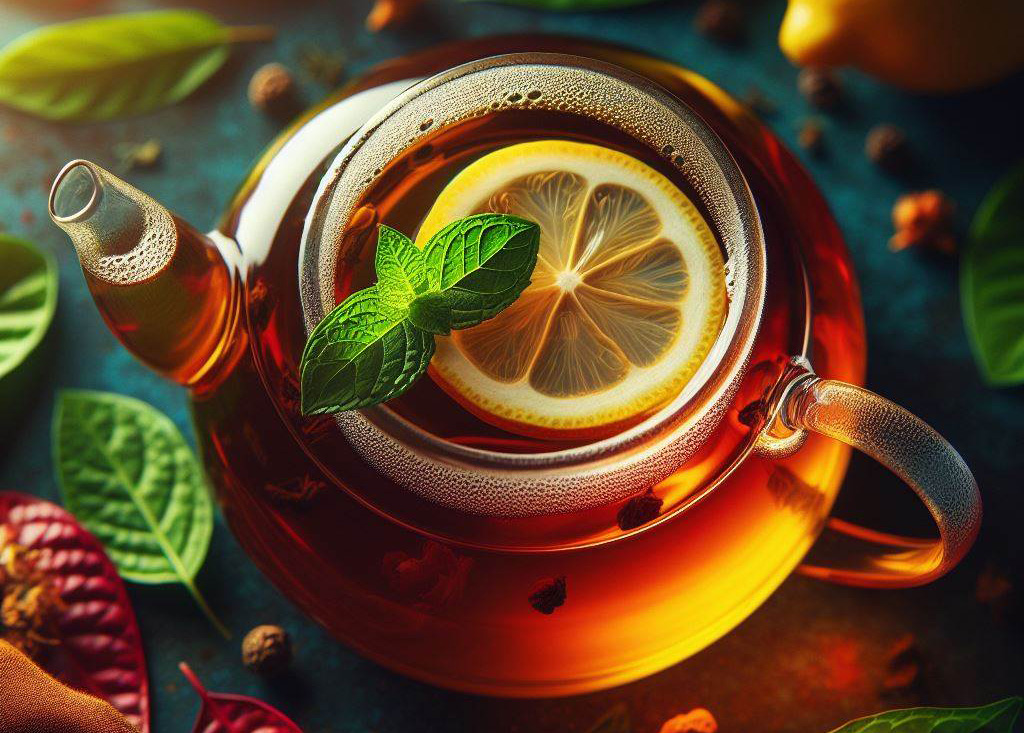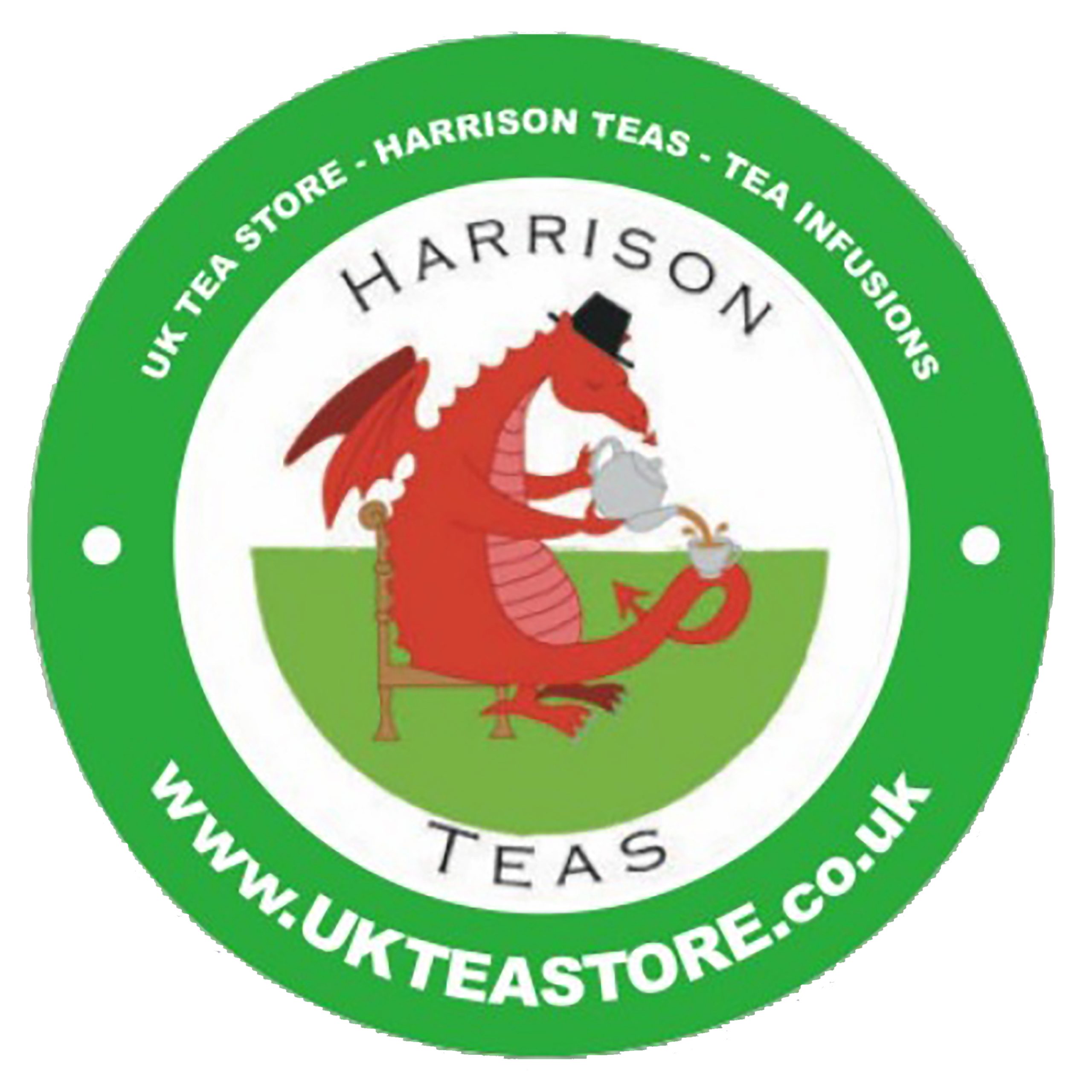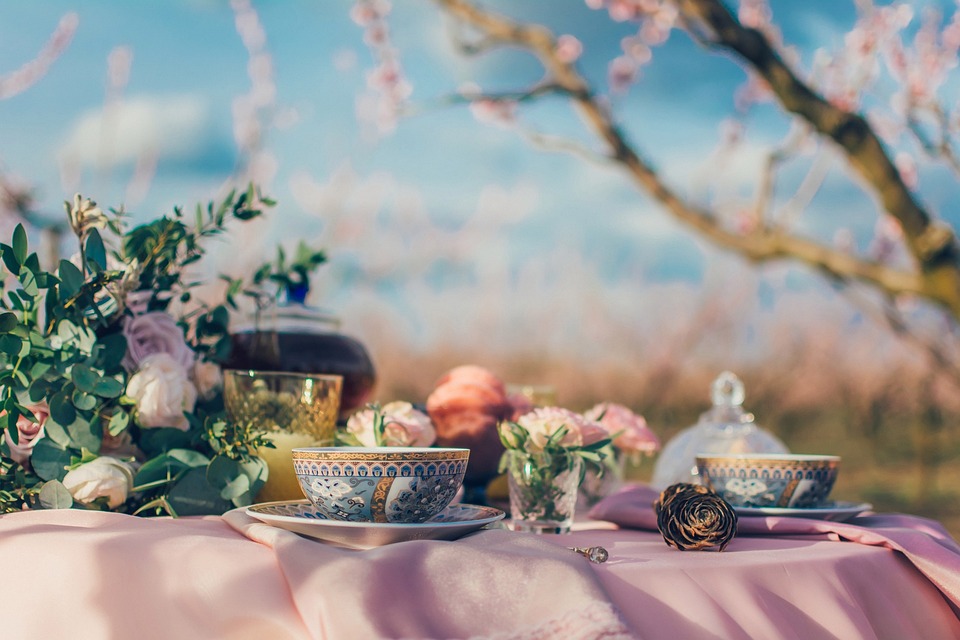
How is Tea made – A brief guide
Firstly, What Is Tea?
To answer the question ‘how is tea made?’, we first need to define what tea is. Tea’s Latin name is camellia sinensis, from the genus camellia, and is an evergreen shrub, native to Asia, whose leaves are used for tea. The evolutionary origin of camellia sinensis has been traced back to China’s Yunnan province and its bordering country Myanmar. The Assamica variety, with its larger leaves, is native to India and is a naturally evolved variety (the variation was not established through human intervention).
Various Tea Types
Tea is available in varieties from white (the youngest leaves), to green, Oolong, and black. The process of creating this variety in tea is often referred to as tea fermentation.
The process that takes a green tea leaf plucked from a plant and allows it to become black is the process of oxidation where the natural enzymes in the tea leaf begin oxidizing the leaf, turning it from green to copper coloured. A similar process occurs when an apple’s skin is broken, and the white flesh of the apple begins to turn brown when exposed to the air – this is oxidization.
General Tea Manufacturing Process
Picking: The first stage of the manufacturing process is when the tea leaves are removed (plucked) from the tea plant. The best quality teas are said to be produced when the top two leaves and the bud are handpicked, unopened young buds with delicate silver hairs on them, are only exposed to natural withering and gentle drying allowing them to retain high levels of antioxidants and as such is the least processed of any tea leaves. Other teas use leaves picked when the bud is fully open.
Withering: Withering is a natural drying process that removes around 75% of the moisture from the leaf, preparing it for further processing. Withering begins as soon as the leaf is plucked but is controlled by the manufacturer so that leaves wither evenly. Tea leaves are placed in large traces, spaced apart and the trays are frequently shaken to try and keep the withering as even as possible.
Initiation: The exact nature of the tea type that is produced depends on how much oxidation takes place. To prevent oxidation from occurring tea leaves are “fixed” which means that the enzymes are deactivated by a heating process. Some tea types require oxidation, which is controlled and then stopped. Oxidation is initiated by breaking open the tea leaf and allowing atmospheric oxygen to enter the cells of the leaf. The amount of oxidation you require and how quickly you require it will determine your method of initiation. Gentle rolling or tumbling of the leaves has less drastic effects while maceration (cutting) is used in mass production to create CTC (cut tear curl) tea or other broken-leaf tea. Oxidized teas must still be fixed after oxidation and control over the amount of oxidation is achieved through the introduction of the warm and moist oxygen-rich air.
CTC method and other broken leaf teas were developed primarily for tea bags and other quick infusion methods as the larger exposed surface area allows for faster infusion. CTC leaves are mechanically mashed and cut, to invoke oxidation contrasting sharply with the gentle rolling and tumbling of the traditional orthodox methods. While the contents of tea bags, often macerated and produced from lower quality tea leaves, are often referred to as “floor sweepings” this assertion is not accurate. Still, there are leaf grading applied to all leaf particle sizes including dust grades.
Fixing: Green Teas come from leaves that are only plucked when they have fully opened and are fixed by either pan frying or steaming.
Pouchong is a tea classed somewhere between green and oolong tea, after picking and withering has oxidation initiated by rolling of the leaves. After oxidation of 8-10% of the surface of the leaf, Pouchong is fixed.
Black tea is generally over 90% oxidized with Oolong teas taking up the space between Pouchong and Black teas, displaying huge amounts of variation in both oxidation and flavour. After fixing (firing) only 3-4% of the natural moisture remains in the leaf.
As oxidation has such a profound effect on the nature (and flavour) of the tea produced it can be said to be the most important part of the tea manufacturing process.
Tea tasting and blending are important aspects when considering how is tea made. In addition to assessing the quality of tea purchased, the most important job of a tea blender is to create a consistent taste year-round for a seasonal product. This is not an easy task and tea blenders are often tea tasters with many years of experience. In addition to maintaining consistency within existing blends, tea blenders create new blends. Thousands of varieties are now available, each with its own unique features.
#tea #oolong #teavaieties #ha#tea #oolong #teavaieties #harrisonteas #ukteastore #walesteamerchant #camelliasinensis #assamicarrisonteas #ukteastore #walesteamerchant #camelliasinensis #assamica
